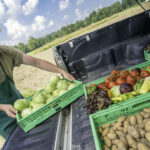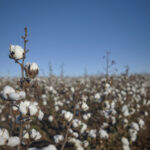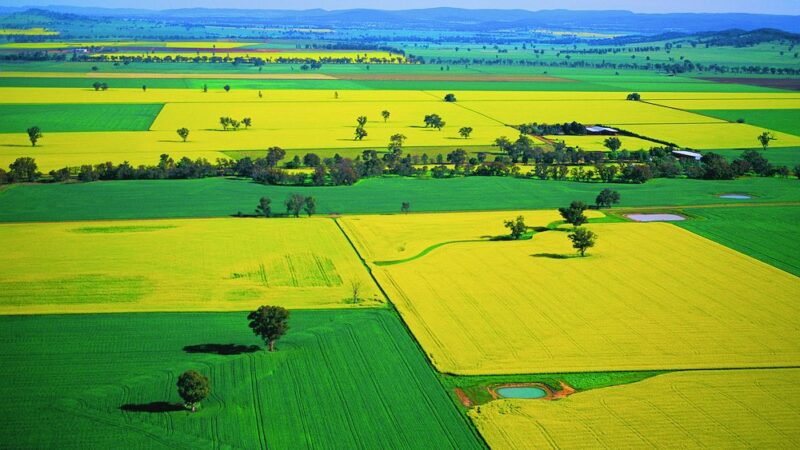Detection dogs are an important tool for identifying and eliminating Red Imported Fire Ants in…
Fire ants spreading in NSW
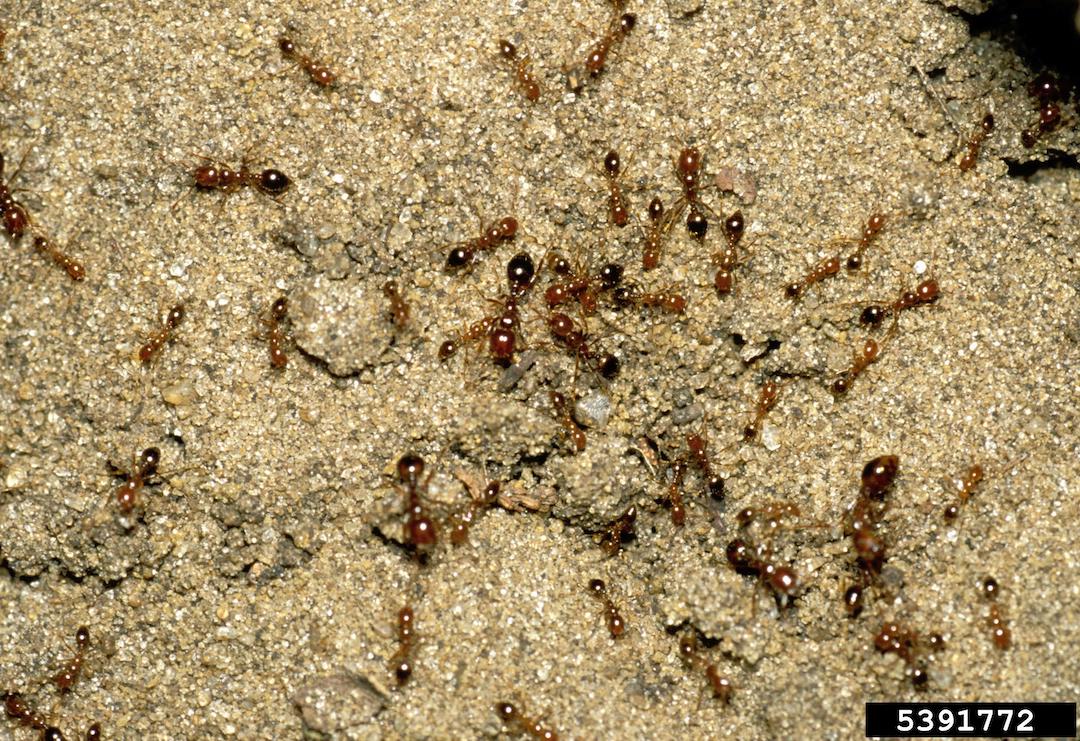
Last Friday, the NSW Government reported that a Red Imported Fire Ant nest was spotted in Wardell, just south of Ballina. While an incident response team from the National Fire Ant Eradication Program and the Department of Primary Industries (DPI) converged on the site to destroy the nest using liquid insecticide, the incident has raised concerns about the movements of these dangerous insects.
NSW Farmers President Xavier Martin says this is a major breach of NSW biosecurity controls and highlights the need for stronger eradication efforts.
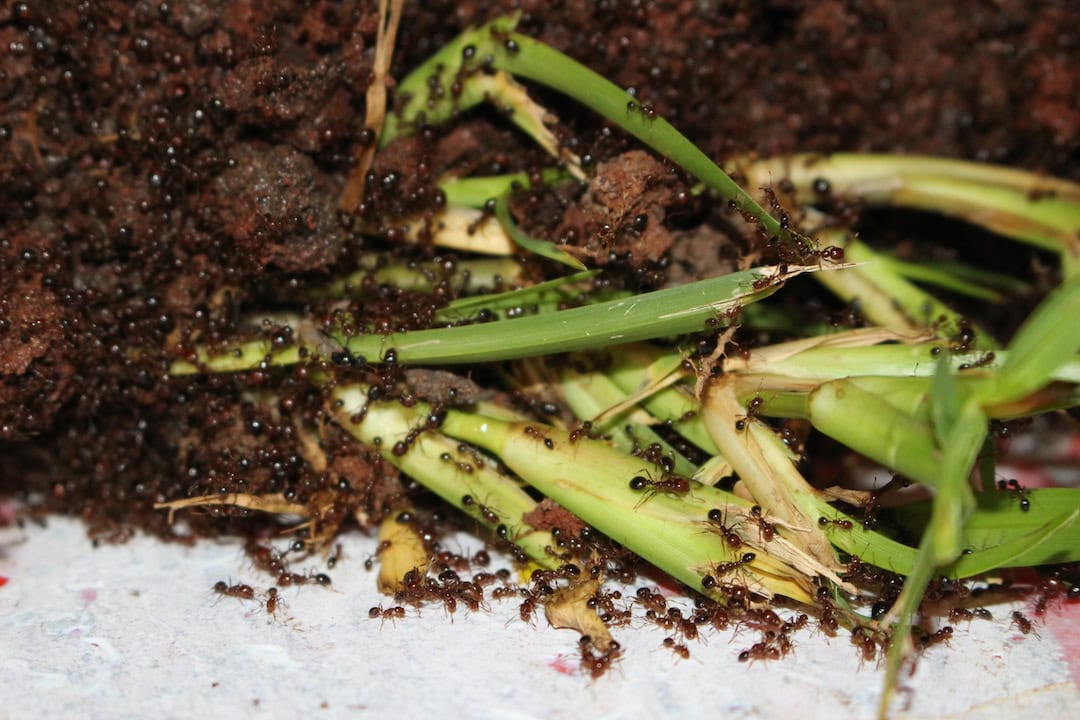
�This latest outbreak is a stark reminder of the failure to control and eradicate these insidious pests, the entry of Red Imported Fire Ants into NSW last year demonstrated again the urgent need for increased investment by all governments to support biosecurity,� Mr Martin said.?
�NSW Farmers has called for greater focus on biosecurity for many years, but we�ve seen a failure at our borders and with the Queensland Government failing to take this problem seriously, we are now facing the spread of an incredibly dangerous pest into our state.
�Red Imported Fire Ants are a threat to agricultural production and to the landscape of NSW � they can damage agricultural equipment, sting livestock, ruin the natural environment, and pose a serious risk to the health and wellbeing of all people in NSW.�
Fire ants are known to feed on fauna that nests close to the ground, including spiders, lizards, frogs, birds and mammals. They also damage seeds and directly affect more than 50 agricultural crops, which can have devastating consequences on ecosystems. These pests also impact everyday activities by building nests in parks, playgrounds and beaches.
In fact, experts predict that the spread of fire ants could cause agricultural output to decline by 40 percent, while also costing the economy $2 billion every year.
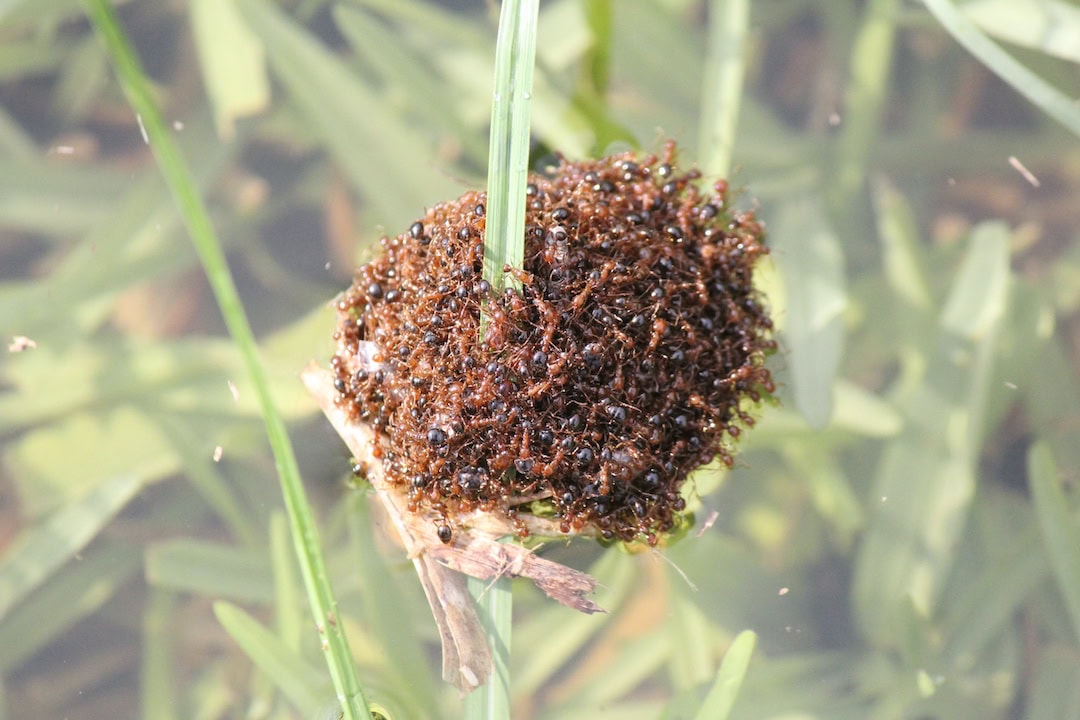
Red fire ants �rafting�
The sighting in Wardell comes just after red fire ants were spotted building rafts to travel along Queensland floodwaters last week.
During long periods of flooding, fire ants build rafts by using all six of their legs to attach themselves to other ants in their colony. This means that each ant has up to 20 friends gripping onto its body, forming a mass similar to both a liquid and a solid. By connecting their legs, the ants can change the structure of the raft by simply bending or stretching�
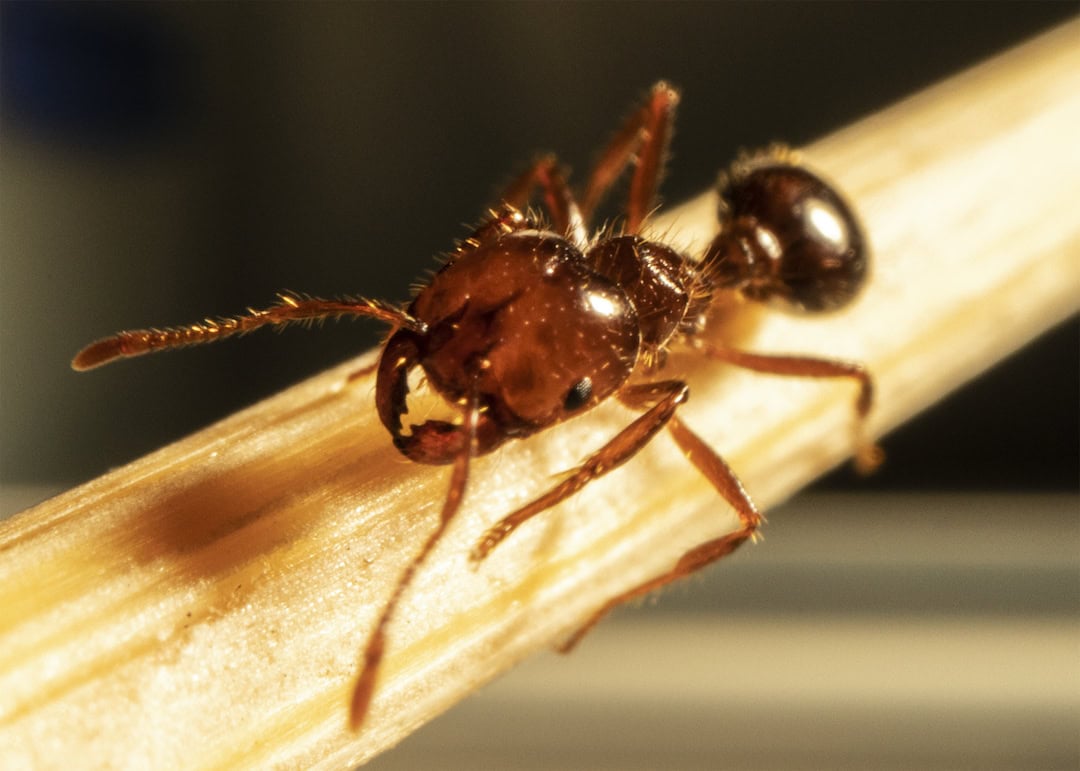
A call to arms
Now, experts and farmers are calling on the government to increase their eradication efforts in order to stop the fire ants in their tracks.
According to Mr Martin, �it�s critical DPI, with the full support of other critical agencies, can act quickly to eradicate these pests as they did at Port Botany in 2014.
�Red Imported Fire Ants should have been eradicated 20 years ago but successive Queensland governments have failed to act effectively; NSW must step up and show strong leadership on this issue.
�We need to ensure the NSW Department of Primary Industries has every resource it needs to stamp out these ants quickly and decisively.�
Communities are encouraged to help stop the spread by reporting any sightings of fire ants or their nests to the NSW Biosecurity Hotline at 1800 680 244 or online at www.dpi.nsw.gov.au/fire-ants.
To read more about eradication efforts for Red Imported Fire Ants, click here.



